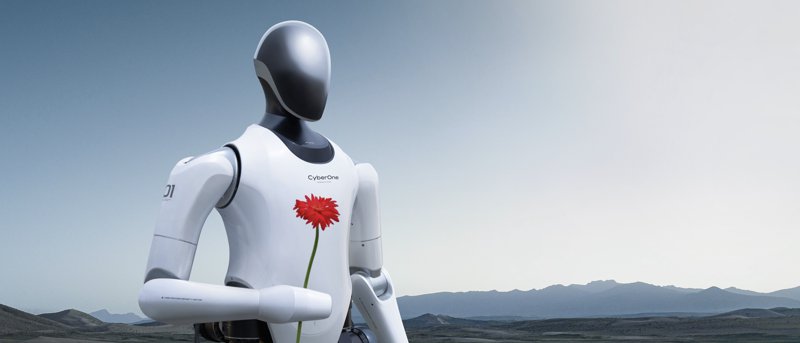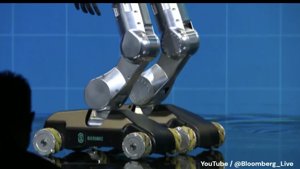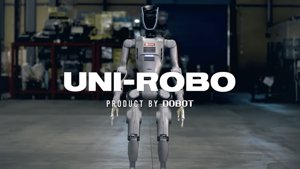Remember August 2022? That’s when Xiaomi, the master of affordable smartphones and robot vacuums quietly conquering every household, suddenly pulled a full-sized humanoid robot out of its hat—the CyberOne. The unveiling was simultaneously impressive and awkward. The robot walked onto the stage, handed a flower to CEO Lei Jun, then took a few uncertain steps, proving that bipedal locomotion remains challenging even for artificial intelligence.
The big question that still hangs in the air: Was CyberOne a harbinger of genuine technological breakthrough, or simply a brilliantly timed marketing stunt? A jab at their major rival, Tesla, which was preparing to unveil its own humanoid robot, Optimus. Years have passed since then, and CyberOne has gone radio silent. It never became a mass-market product—hell, we haven’t even seen an improved prototype. The robot vanished into obscurity while Xiaomi reaps success in other areas, like the electric vehicle market.
The Machine That Promised Emotions
At the 2022 unveiling, Xiaomi didn’t hold back on ambitious promises. CyberOne was described as a 5'10" tall, 115-pound robot equipped with advanced artificial intelligence. According to the company, the robot was capable of:
- Emotion recognition: Thanks to its built-in MiAI system, it could allegedly identify 85 different environmental sounds and 45 types of human emotions.
- Spatial vision: Using Xiaomi’s proprietary Mi-Sense depth vision module, it perceived and reconstructed its environment in 3D.
- Simulating human movement: With 21 degrees of freedom, it could mimic complex movements.
However, the stage demo elicited mixed reactions. While the flower handoff was a nice gesture, the robot’s movements fell far short of the acrobatic feats demonstrated by Boston Dynamics. It seemed more like an expensive but half-baked concept than a market-ready product. The timing, though, was perfect: they beat Tesla’s AI Day by just a few weeks, where Elon Musk showed off Optimus’s first, far more primitive prototype. Xiaomi clearly signaled that they’re a serious contender in the future’s technological race.

Shifting Focus: From Floors to Asphalt
While the CyberOne hype died down, Xiaomi quietly but successfully continued its conquest in other areas. The company’s robot vacuums, like the X20+ model, are industry leaders. These devices don’t promise emotional support, but they reliably keep homes clean with advanced laser navigation, obstacle avoidance systems, and self-cleaning docking stations. Their success lies in the combination of practicality and affordability—exactly what CyberOne lacked (at least with its estimated $86,000-100,000 price tag).
Xiaomi’s real knockout punch came in 2024 with its entry into the electric vehicle market. The Xiaomi SU7 sedan absolutely dominated the Chinese market, producing jaw-dropping sales numbers right out of the gate. The SU7 combines attractive design, impressive performance, and aggressive pricing, proving that Xiaomi can mass-produce extremely complex, hardware- and software-intensive products. The success is so massive that the next model, an SUV called the YU7, is already in development.
Will the Humanoid Return?
So CyberOne has disappeared from the spotlight, but has Xiaomi given up on it for good? Not necessarily. The experience gained from developing a humanoid robot—in motor control, sensor integration, and AI algorithms—represents invaluable knowledge. This expertise can be leveraged for autonomous vehicles, more advanced household robots, or even factory automation solutions.
Today, the CyberOne project is better understood as a technology demonstration. A signal to the market and competitors that Xiaomi possesses the capabilities and ambitions to join the ranks of tomorrow’s defining tech companies. The SU7’s success has created the financial and technological foundation upon which the company might one day resurrect its humanoid robot plans—but then they’ll focus on actual market launch, not just flower delivery. The ghost of CyberOne lives on in Xiaomi’s more successful, down-to-earth products, and it’s only a matter of time before it takes physical form again.






